Larian Studios crafted a detailed world in Baldur’s Gate 3, bringing Faerun to life with complex characters and factions. Yet, one race is notably sidelined: goblins. While goblins have extensive lore in Dungeons & Dragons, they are mostly reduced to mindless henchmen of the Absolute in the game. Their unique history, culture, and moral complexities are largely ignored in favor of portraying them as disposable enemies.
With Larian moving on from Baldur’s Gate 3 and Dungeons & Dragons, the future of Baldur’s Gate lies in the hands of an as-yet-unknown developer. Whoever takes the reins for a potential Baldur’s Gate 4 has an opportunity to explore goblins beyond their villainous stereotype, integrating more of their established lore into the game’s worldbuilding.
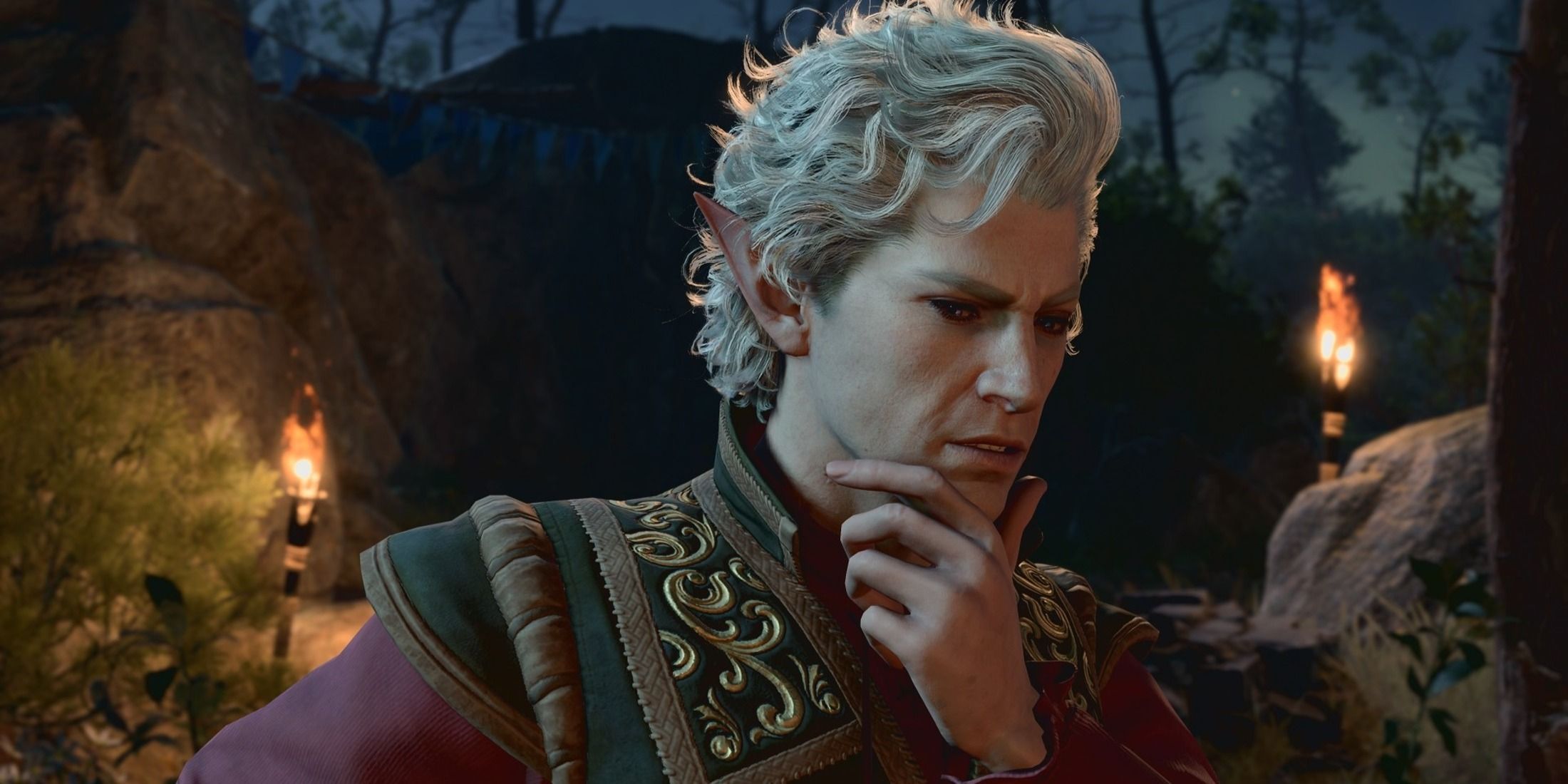
Related
Larian Studios Profit After Releasing Baldur’s Gate 3 Revealed
As Baldur’s Gate 3 continues to grow in popularity, Larian Studios finally reveals how much profit it made following the game’s release in 2023.
Baldur’s Gate 3 Ignores Goblin Cultural Complexity
In Faerun’s lore, goblins are not just marauding monsters but a people shaped by divine influence. They were originally fey creatures before Maglubiyet, their god, enslaved them into a culture of violence and conquest. This backstory explains their deeply ingrained behaviors, as their society revolves around serving their war-hungry deity. However, goblins in Baldur’s Gate 3 are mostly depicted as chaotic foot soldiers with little exploration of their origins.
While there are rare instances of morally complex goblins in Dungeons & Dragons—such as the intelligent and kindhearted goblin in R.A. Salvatore’s Dark Mirror—Baldur’s Gate 3 fails to showcase any goblins who challenge their predetermined fate. Even Sazza, the only goblin with significant screen time, serves as little more than a pawn in the Absolute’s army. A future Baldur’s Gate game could rectify this by depicting goblins in a broader spectrum, from devout zealots to reluctant participants in their violent culture.
Baldur’s Gate 3 Reduces Goblins to Cannon Fodder
The goblins in Act One primarily serve as obstacles to be cut down in combat. While leaders like Dror Ragzlin and Minthara have distinct personalities, the majority of goblins exist to fill enemy encounters. Players are given little incentive to see them as anything other than threats, reinforcing a one-dimensional view of the race.
This contrasts with other groups in the game, such as the drow or githyanki, who, despite their historically violent tendencies, receive nuanced portrayals. The game allows for positive interactions with these races, showcasing a variety of beliefs and motivations. Goblins, however, are mostly denied this complexity. Even their relationships with hobgoblins and bugbears, their traditional allies in goblinoid society, are barely touched upon. Future developers should consider introducing goblin factions with distinct political and religious divisions.
Baldur’s Gate 4 Could Give Goblins a Fresh Perspective
If a new developer takes on Baldur’s Gate 4, it would be an opportunity to expand on goblin lore in ways Baldur’s Gate 3 did not. Goblins could be depicted in their natural settlements, not just as invaders or lackeys. These societies could showcase their survivalist nature, trade networks, and even rare instances of rebellion against Maglubiyet’s control.
A Baldur’s Gate sequel could introduce goblins who retain their fey heritage, contrasting them with their warlike kin. Additionally, the game could include goblins who have broken free from Maglubiyet’s grasp, similar to how Baldur’s Gate 3 portrays Shadowheart’s struggle with Shar. A goblin character navigating this conflict would add depth to the race, giving players a reason to view them as more than just enemies.
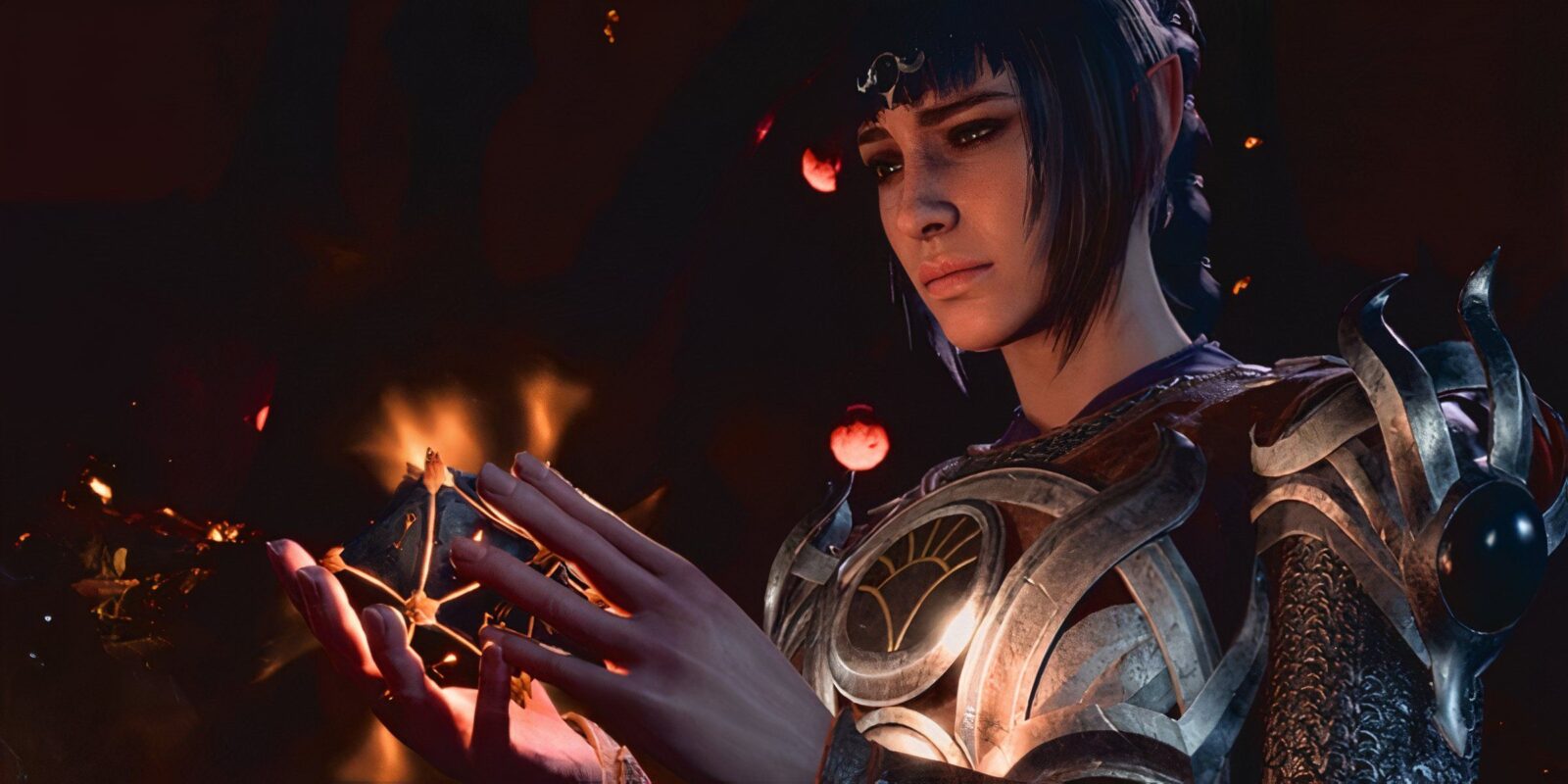
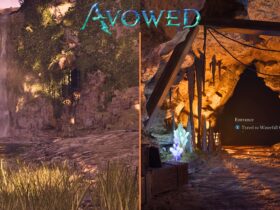
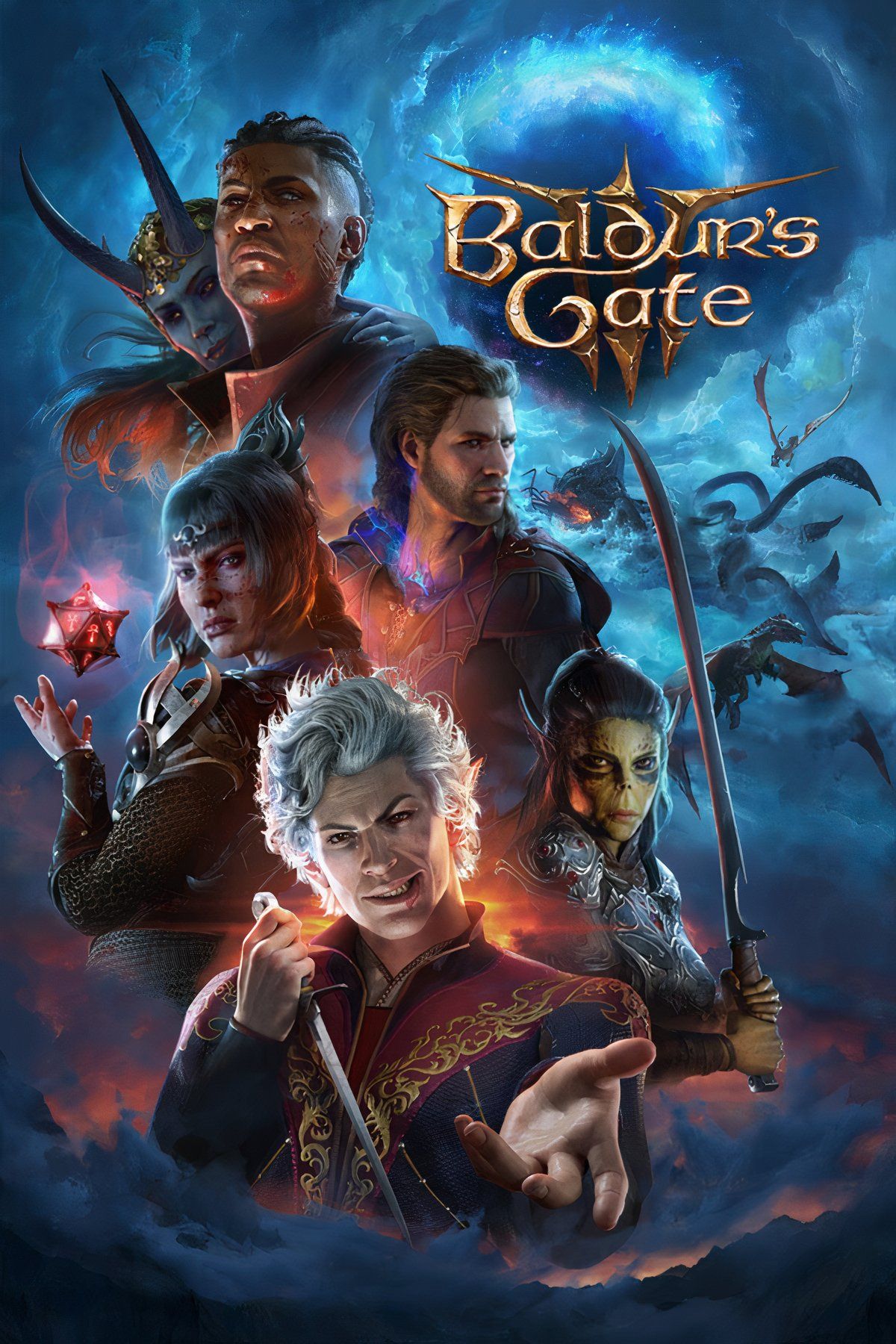


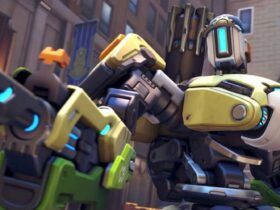

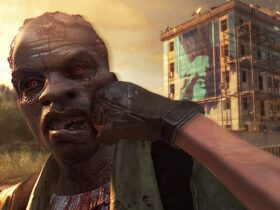
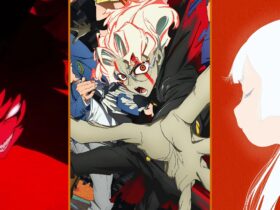
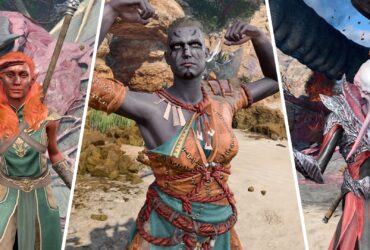

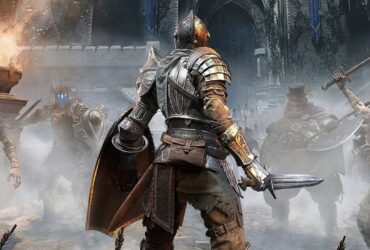


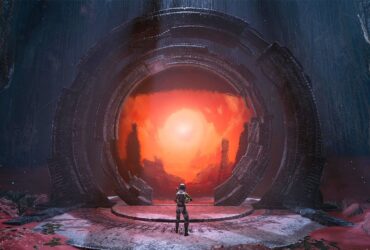
Leave a Reply